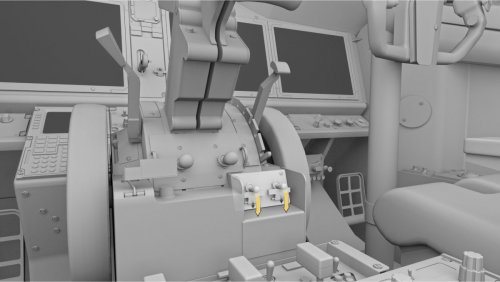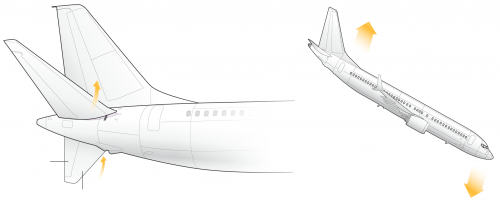any comments on this whopper of a statement?
This is mind blowing. We flew with Southwest in December and i remember asking the the flight attendant " is this a max 8?", he said no, it was a -700. On the way back though, by the time we sat down and i pulled out the brochure, we were indeed on a max 8. Talk about bad luck, they only have 34 of them out of a fleet of 500. Needless to say the flight was uneventful but the fact that 189 people died, and then another 159 3 months later for the same problem is really horrible. Shows the power of Corporations today, that the US government was the last to act, only after the entire rest of the world had grounded them
to me that says" Boeing stuck engines on their 737 platform that were too large and aerodynamically inappropriate for the aircraft, made it inherently unstable and dangerous to operate, then tried to address the problem with a software band-aid" . Really would like ot hear what any aero Engineers here would have to say about thatMCAS was introduced by Boeing on the 737 Max 8 because its heavier, more fuel-efficient engines changed the aerodynamic qualities of the workhorse aircraft and can cause the plane's nose to pitch up in certain conditions during manual flight.
Angle of attack sensors on the aircraft tell the MCAS to automatically point the nose of the plane down if it is in danger of going into a stall. This is done through horizontal stabilizers on the plane's tail which are activated by the aircraft's flight control computer.
Read more at: https://phys.org/news/2019-03-ethiopian-airlines-mcas-boeing-max.html#jCp
This is mind blowing. We flew with Southwest in December and i remember asking the the flight attendant " is this a max 8?", he said no, it was a -700. On the way back though, by the time we sat down and i pulled out the brochure, we were indeed on a max 8. Talk about bad luck, they only have 34 of them out of a fleet of 500. Needless to say the flight was uneventful but the fact that 189 people died, and then another 159 3 months later for the same problem is really horrible. Shows the power of Corporations today, that the US government was the last to act, only after the entire rest of the world had grounded them











